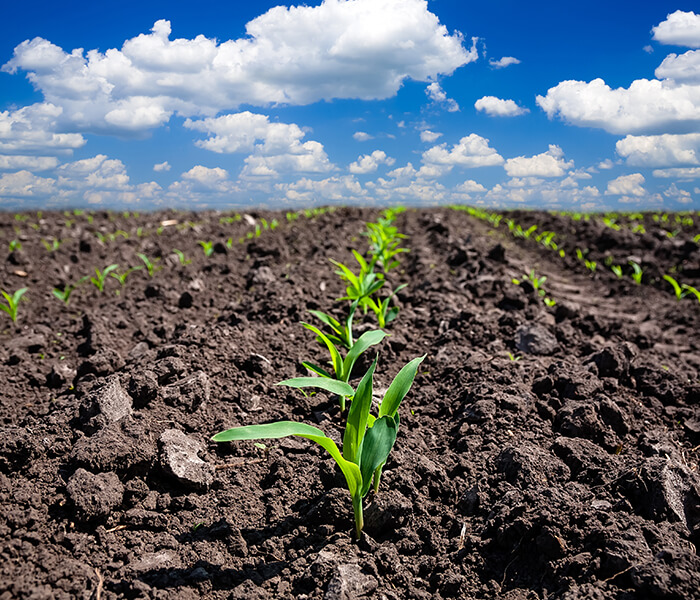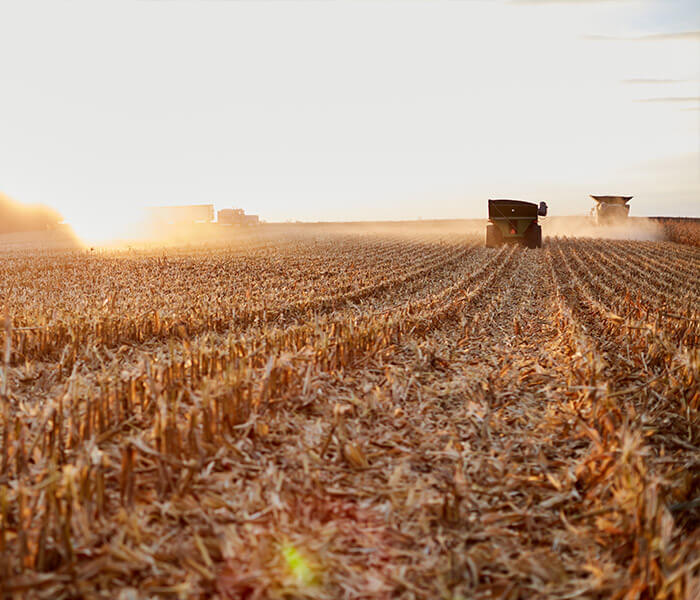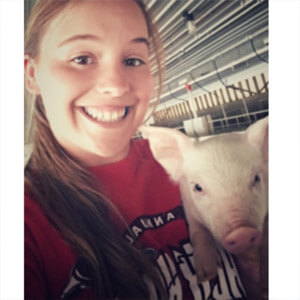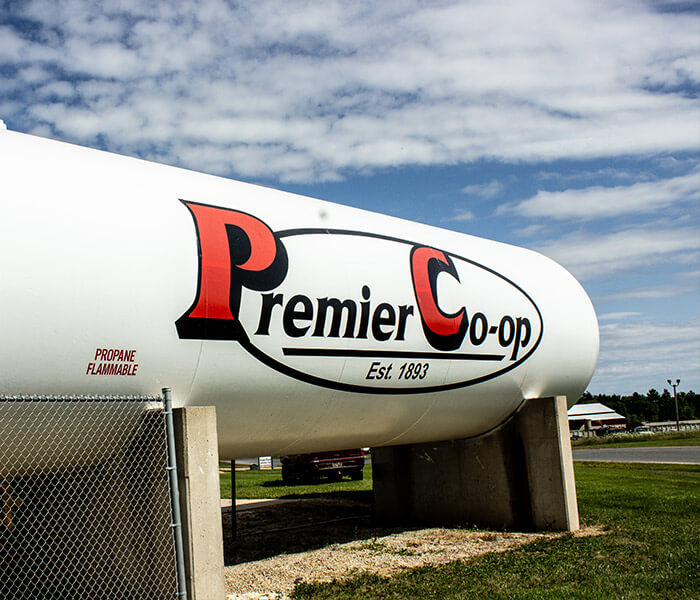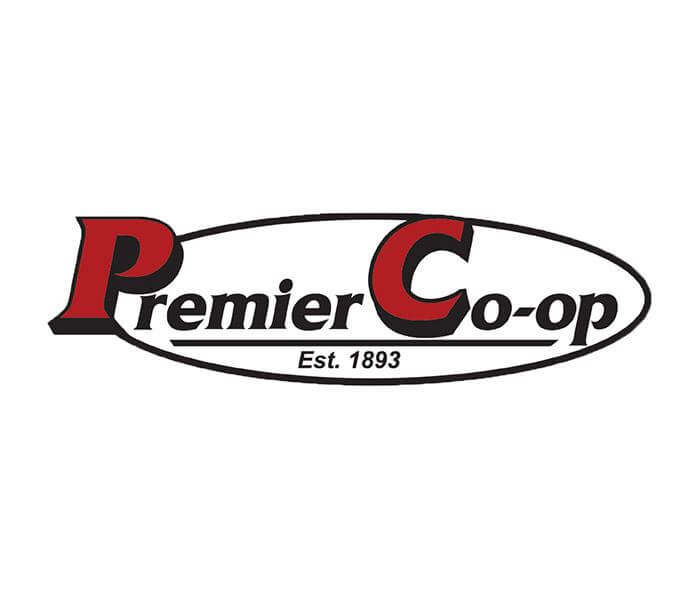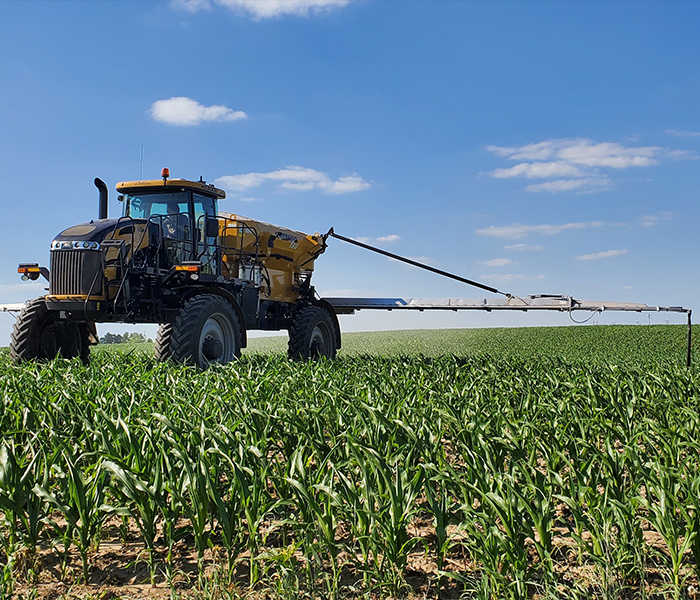"
Harvest Prep
From maintenance on combine heads to replacing feeder house chains, there is no shortage on the amount of work that needs to be done before heading out to the field. However, there is one very important piece that is often overlooked…the Yield Monitor.
Just like anything, your yield monitor should go through proper maintenance prior to and during harvest. There are two key components to making sure your monitor is running smoothly.
- Check for Software Updates
- Calibrate
Checking for updates should be done prior to calibration. Most monitor updates can cause changes in the calibration process, which can create inaccuracy.
The Importance of Calibrating
Have you ever seen the same harvest season in a row…I am betting not. Not every season is the same, which, can cause your monitor to become inaccurate year after year. A system that was calibrated for 2019 low test weight, might not perform the same on a field that has high test weight in 2020.\
The most important reason for calibrating is the data. Ever heard the statement “Garbage In, Garbage Out”? Having clean, accurate yield data is essential for making high quality management decisions on your farm. The data you collect this year will be used as insight for input decisions, hybrid selection and management practices that you will utilize in 2021.
When to Calibrate
- At the beginning of harvest- set the stage for the rest of the season.
- Recalibrate for each crop harvested – Calibrate When you switch from Corn or Beans.
- If there is a substantial change
- Moisture
- Temperature
- Weight
- Size and Shape of the grain
- How the Field lays
There are many factors that could have affected your hybrids standability, whether it be severe weather damage, insects, disease, or mold. It is key to check your fields for any standability issues that maybe occurring. Fields with limited standability should go towards the top of the list and be harvested before standability is compromised.
Tips and Tricks for Calibrating Distance/Speed
- Measurements determined by GPS
- Utilize flags to measure out a known distance.
- Use a distance of at least 500 feet (revert to manual for specific distance).
Tips and Tricks for Calibrating Header Height
Calibrating your header height is a key step in data collection. If your header is set too high, it might not disengage and continue to harvest even though you are not sending any corn through the combine, lowering your yield. If it is set to low it may not engage leaving you without data. This can create inaccurate readings, while decreasing the data’s credibility.
- Raise and lower the header height to make sure it engages
- Place header height at a comfortable level, where the operator can engage and disengage easily.
Tips and Tricks for Calibrating – Moisture Sensor/Temperature Sensor
- Collect a grain samples and determine moisture & temperature
- Make sure you are using a high-quality tester that has been calibrated.
- Call your Premier Agronomist to bring out a Moisture Tester.
- Take the average of the last five loads.
- Temperature- wait until the combine has been operated for several hours before calibrating.
Tips and Tricks for Calibrating – Mass Flow Sensor
Calibrate your Mass Flow Sensor last. Most combine monitors operate by measuring the force that moving grain places on an impact sensor as the grain moves through the combine. Your moisture, speed and header height all are factors in how grain moves through the combine.
- Run multiple calibration loads to provide greater accuracy.
- Loads should be between 3,000 to 6,000 lbs
- Each load should be weighed with an accurate scale
- Contact your Premier Agronomist for a weigh wagon.
- Differentiate your Flow Rates
- Harvest at the same speed with different amounts of the header engaged.
- Harvest at different speeds using the full header width.
Remember, not every harvest season is the same and you only have one chance to collect accurate and effective yield data that can be used to make management decisions in 2021. Why take the risk?
Use the form below to contact an agronomist and set up a time to have your combine calibrated.
Danielle Messer
Crop Production Specialist
